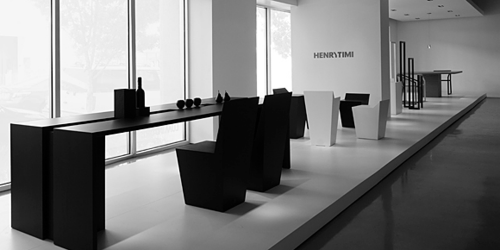
As part of an ongoing commitment to bringing the best in contemporary design to the public, Luminaire, a pioneering force in the design world, is presenting internationally-renowned designer Henry Timi. Milan-based Timi’s minimalist vision, let’s re-label ‘essentialist’ vision because each piece appears to have reached a reduction that can go no further without breaking. His vision is more than the design of the object, but a way of living, connecting emotionally with a pure, harmonious state of mind.
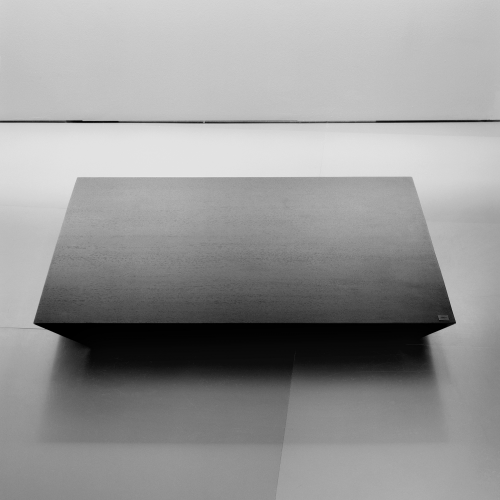 tavolinetto | 2013
tavolinetto | 2013
In 2006, Timi founded his own design firm, working with keen designers who share his curiosity and passion for intuitive, emotionally provocative, minimalist design. Internationally respected designers Claudio Silvestrin and Claudio LaViola, friends of Luminaire, are included in Henry Timi’s exclusive team.
Having been exposed to experiments with wood dust while growing up, Timi is committed to the material and insists that all products are handmade in Italy, and built by tailor and craftsman manufacturing of the highest quality.
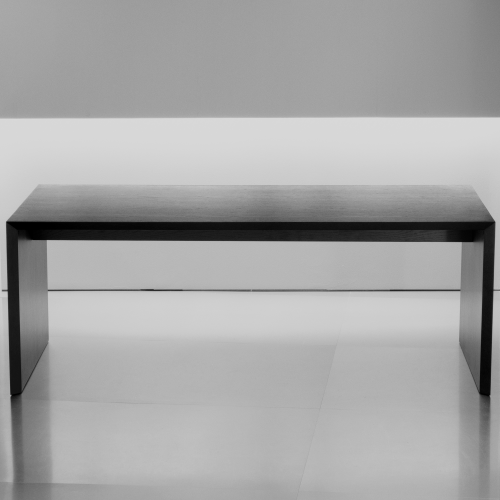 tavolo | 2013
tavolo | 2013
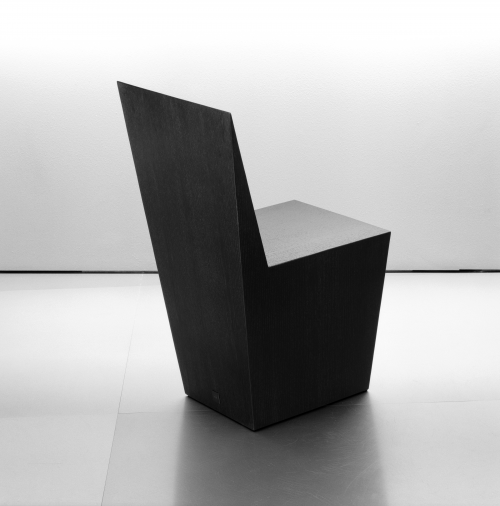 sedia | 2013
sedia | 2013
 sgabello | 2013
sgabello | 2013
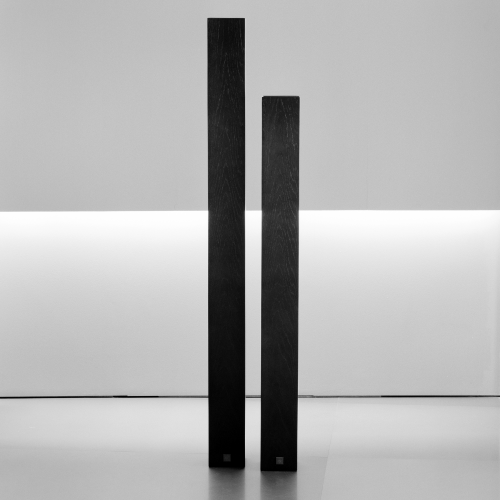 vaso | 2013
vaso | 2013
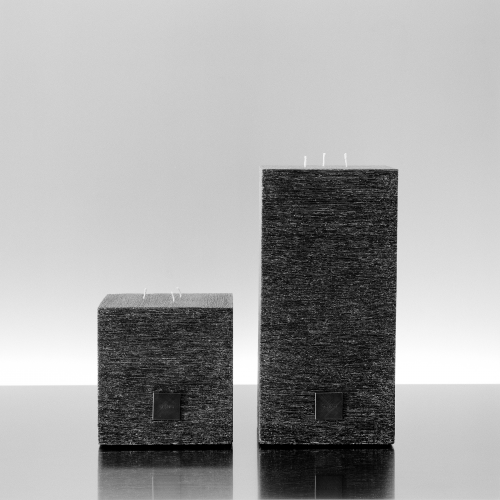 candele | 2013
candele | 2013
Timi’s work can be seen at the Luminaire Lab in Miami. A cocktail reception for the designer will be held at the Lab on 22 May 2013.
event > henry timi | luminaire lab | 3901 NE 2nd avenue | miami design district
date/time > 22 may 2013 | 6 > 8p [ details ]
[ henry timi ] [ luminaire ]
 this home is called the minimalist house. has the feel of a hip bachelor pad but is custom designed for a couple.
this home is called the minimalist house. has the feel of a hip bachelor pad but is custom designed for a couple.

above: the home consists of solid walls on four exterior surfaces. the space is internally divided into three equi-distant sections running length of floor plan.


above: the first strip is an open courtyard; the second strip the bedroom / living / dining area. a glass wall separates courtyard and living space.


above: the front door in the third strip admits you into the kitchen. midway in the strip is the bathroom with study and closets at the far end.
Per the architect: The home is designed around a three-meter grid module in all xyz directions. Taking into account the natural light of Okinawa’s climate, the internal space connects with the outside via the glass wall separating inside space and courtyard. An eave runs the length of the glass wall to control the amount of direct sunlight coming inside. Consequently, this layout and efficiency of this home aspires to a minimal but flexible lifestyle.
* location : okinawa, japan
* program : residence
* structural system : reinforced concrete
* stories : 1 stories
* site area : 211.59 m2
* building area : 102.22 m2 ( about 1,100 sq ft )
* total area : 102.22 m2
* completion date : 2010.01
designer: shinichi ogawa & associates

good design is as little design as possible
Dieter Rams (born May 20, 1932 in Wiesbaden) is a German industrial designer closely associated with the consumer products company Braun and the Functionalist school of industrial design.
In 1993 I asked Dieter to speak to the Architecture & Design Society at the Art Institute of Chicago. The society recently had a name change: “design” had been added. We joked ( ahem ) at the time that the real estate economy was so bad that the Architecture Society needed new members. We needed a credible and passionate design icon to speak to this group. Dieter became the first designer to speak under the society’s new name.
What I remember that night and again recently while watching the Objectified movie was Dieter’s 10 design principles. Honestly, I can’t tell you for sure that these are the same principles. Hoping Dieter will set the story straight.
I think I like the earlier stuff better. Maybe it was the materials or maybe it was so different than the pack at the time. The first Braun product I remember making a design connect to me was an electric razor. Much of Dieter’s work has long seemed more connected to brutalism than minimalism. Let’s say beautifully, brutally, minimal.
* Good design is innovative
* Good design makes a product useful
* Good design is aesthetic
* Good design helps us to understand a product
* Good design is unobtrusive
* Good design is honest
* Good design is durable
* Good design is consequent to the last detail
* Good design is concerned with the environment
* Good design is as little design as possible
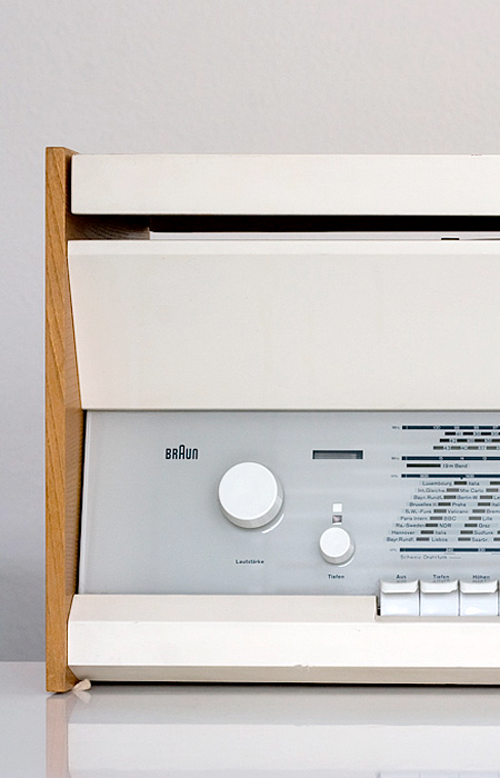
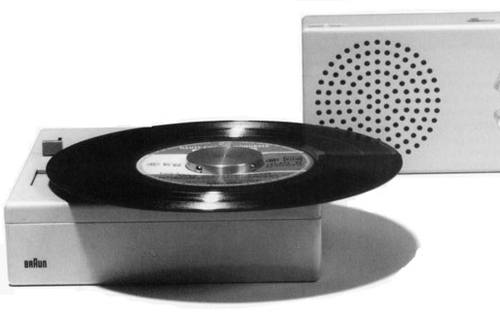
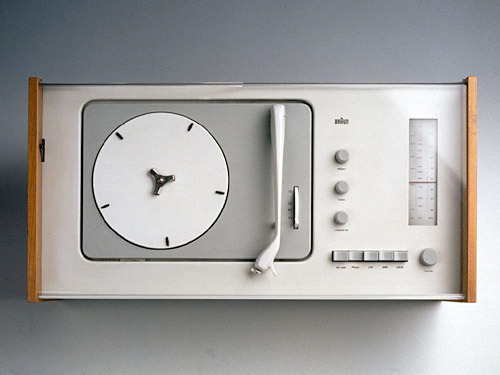
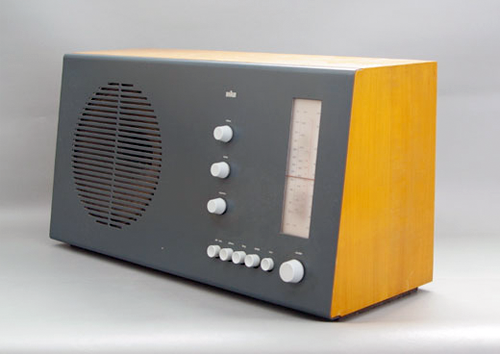

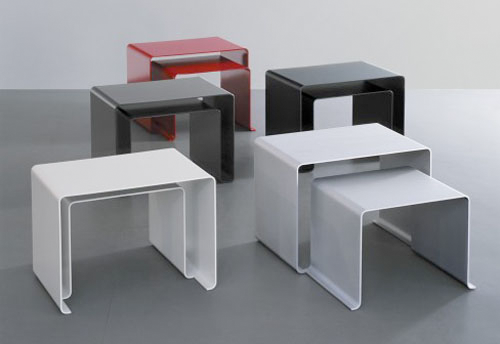

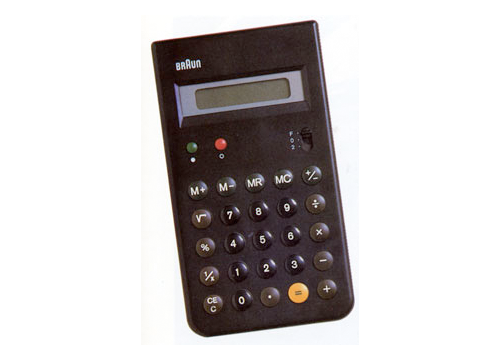
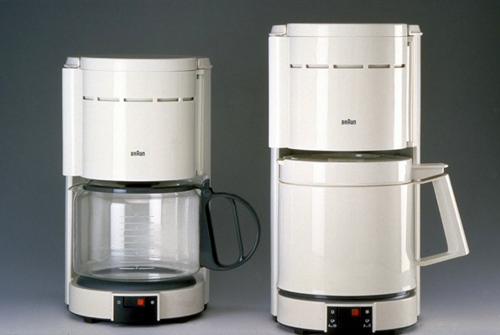
resources:
vitsoe
designmuseum
gizmodo
victoria and albert museum
dieter rams flickr
braun flickr
37 signals
tendesignprinciples
new: a bit late

 tavolinetto | 2013
tavolinetto | 2013 tavolo | 2013
tavolo | 2013 sedia | 2013
sedia | 2013 sgabello | 2013
sgabello | 2013 vaso | 2013
vaso | 2013 candele | 2013
candele | 2013

















